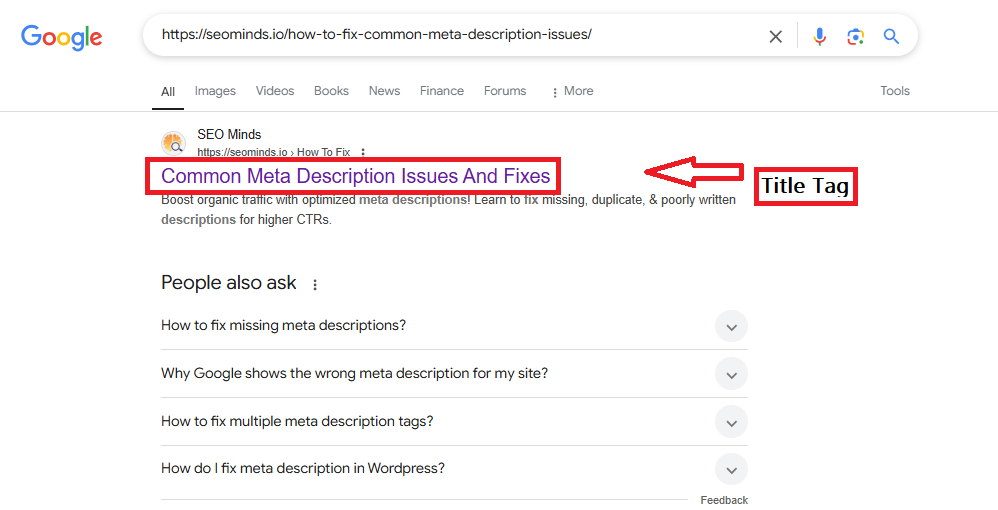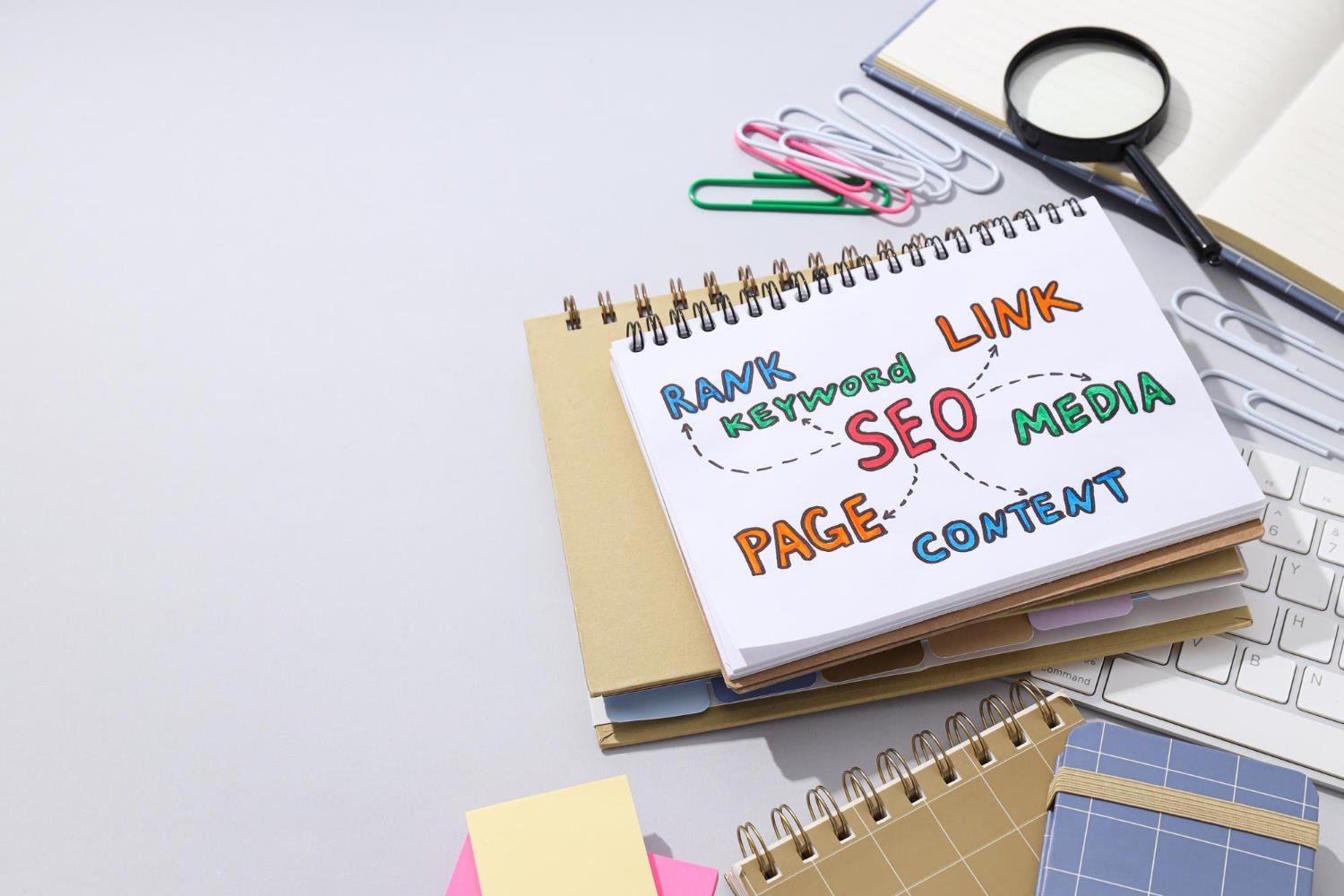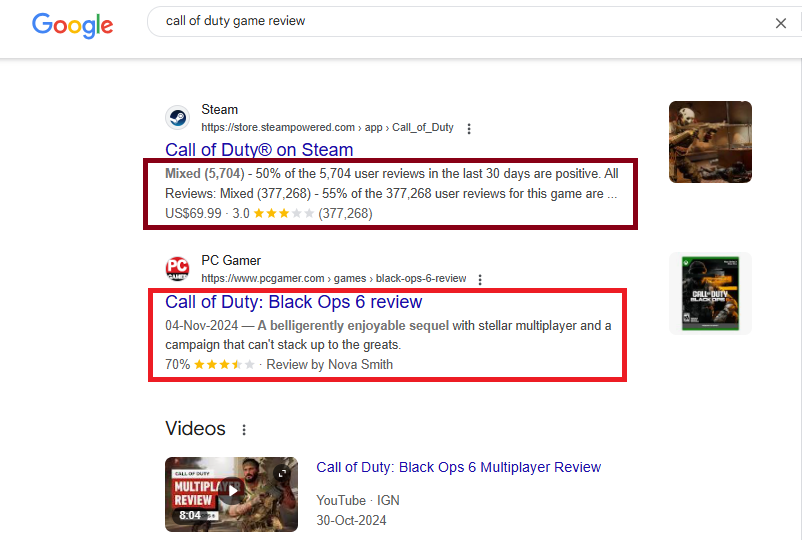Title tags are critical for SEO, directly impacting rankings and click-through rates (CTR). Common issues include length errors, duplicates, missing tags, and poor keyword optimization. Here’s how to fix them quickly.
Common Title Tag Issues & Fixes
1. Missing Title Tags
🔹 Problem: Pages without title tags lead to indexing problems and poor search visibility.
✅ Quick Fix: Ensure every page has a unique, keyword-rich title in the <title> tag.
2. Duplicate Title Tags
🔹 Problem: Search engines struggle to determine relevance, hurting rankings.
✅ Quick Fix: Use SEO tools (Google Search Console, Screaming Frog) to identify duplicates and replace them with unique, page-specific titles.
3. Title Too Long (Truncated in SERPs)
🔹 Problem: Titles over 60 characters get cut off in search results.
✅ Quick Fix: Keep titles under 60 characters and preview with SERP tools (Moz, Ahrefs).
4. Title Too Short (Missed SEO Opportunity)
🔹 Problem: Titles under 30 characters may lack keywords and user engagement.
✅ Quick Fix: Expand short titles by adding keywords, modifiers, and context (e.g., “Best Laptops 2024 – Affordable & Fast” instead of “Best Laptops”).
5. Generic Titles (“Home,” “Product Page”)
🔹 Problem: Weak titles lack context and ranking potential.
✅ Quick Fix: Be descriptive & keyword-rich:
❌ Bad: “Home” → ✅ Good: “Best Electronics Store – Great Deals Online”
❌ Bad: “Product Page” → ✅ Good: “Nike Air Max – Lightweight Running Shoes”
6. Poor Keyword Optimization
🔹 Problem: Titles missing high-impact keywords lose ranking potential.
✅ Quick Fix:
✔ Place primary keywords at the beginning.
✔ Avoid keyword stuffing (Google may penalize spammy titles).
✔ Use long-tail keywords & modifiers (e.g., “Buy Running Shoes Online – Free Shipping”).
Best Practices for Title Tags
✔ Optimal Length: 50-60 characters to avoid truncation.
✔ Keyword Placement: Put primary keywords first for better ranking impact.
✔ Unique Titles: Every page must have a distinct, keyword-rich title.
✔ Brand Inclusion: Add brand name if space allows (e.g., “Best Laptops 2024 | Dell”).
✔ Mobile Optimization: Ensure titles display well on mobile SERPs.
Monitoring & Maintenance
🔍 Regular Audits: Use Google Search Console & SEO tools to catch new issues.
📈 Track CTR Impact: Monitor performance after updating title tags.
👀 Competitor Insights: Study high-ranking competitors’ title strategies.
🚀 Final Takeaway:
Well-optimized title tags improve SEO, drive more traffic, and boost CTR. Keep them concise, unique, and keyword-rich to maximize rankings!








